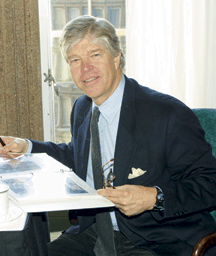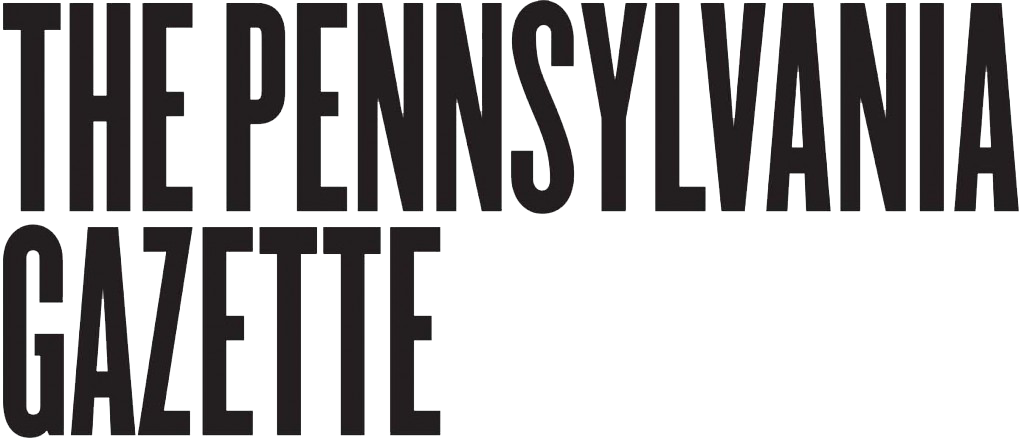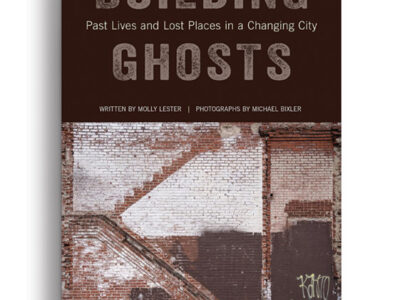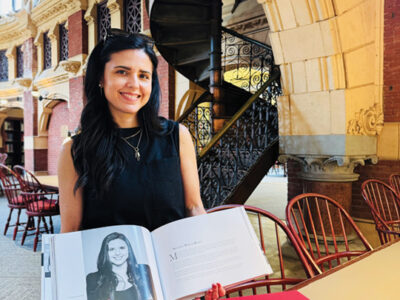
Class of ’71 | “Regionalism is a universal attribute,” declares architect Peter Dominick GAr’71. “It’s how architects ought to be thinking, because we design in places where culture, microclimate, construction techniques, materials, and history all come to bear.”

Dominick’s diverse body of work reflects his convictions. His firm, Denver- and Chicago-based 4240 Architecture (named after its home cities’ degrees of latitude), enjoys a reputation for site-specific projects—an architecture of place. “That’s not to say I’m a stylist,” cautions Dominick. “I’ve never believed in a style at all; our work is about absorbing a philosophy and building something appropriate.”
4240 descends from two other firms. The first, Dominick Architects, opened in Denver in 1971. Along with an urban-planner friend and several others, Dominick formed a small development company to rezone and restore an entire historic district that had been cut off from the rest of the city by an urban-renewal initiative and more or less abandoned. “We rezoned 22 blocks, creating the first mixed-use zone where you could live, work, and play simultaneously,” he recalls. Today LoDo—the Lower Downtown Historic District and mixed-use neighborhood—is one of the city’s hippest neighborhoods.
By 1989 a rebounding economy and Dominick’s work prompted Urban Design Group, a national firm, to organize a merger between its Denver office and Dominick Architects.
Then, thanks to a certain mouse, the clouds really lifted. “I got a phone call at home from Disney, and they told me they were interested in me,” Dominick recalls. “They wouldn’t tell me why; they just said I should go and see them.” Disney ultimately hired him to design a major hotel project in Orlando—the Wilderness Lodge. Thrilled as Dominick was to land such a commission, its sheer enormity posed some unfamiliar challenges.
“We poured a ton of energy into it, and found that a client like Disney had resources, questions, and demands that were bigger, deeper, and more thorough than we were used to on a smaller scale,” he says. By the end of the five years it took to complete the project, his staff had more than doubled.
The switch to 4240 Architecture happened in 2003, when the Urban Design Group’s Denver and Chicago offices joined forces. Today the firm’s projects include houses, public buildings, hotels, master plans, and resorts (some literally villages).
Several recent projects have championed the architectural traditions of the great National Parks Service lodges, among them the Horizon Pass Lodge near Vail and, currently under construction, the Stowe Mountain Lodge in Vermont. A quintessentially American offshoot of the Arts and Crafts movement, the Parks style combines natural, indigenous materials such as stone, timber, and forged iron for an overall effect of refined rusticity. The style has been ignored since World War II, and Dominick’s buildings have helped restore it to the public eye.
History—along with theology and art—interested Dominick as an undergraduate at Yale. But none seemed a viable career—until he met renowned architectural historian Vincent Scully, who became his mentor.
At Scully’s urging, Dominick enrolled at Penn’s School of Fine Arts after graduating from Yale. “He said, ‘Go study with Lou Kahn—he’s a great educator.’ And that’s exactly what I did.”
It was a time of protest and activism on American campuses, but most of the architecture students were too engrossed in their work to participate—except on one notable occasion. “Everybody was disappointed that Kahn was not selected to design the new architecture school,” says Dominick. “The plans called for cutting down a fantastic tree. So a group of us went out and held onto it, and that was my first foray into politics.”
Their protest failed, and the building that replaced the tree—Meyerson Hall—hardly seemed a fair trade.
“Aldo von Eyck, this absolutely outlandish character, showed up from Holland to give a lecture, and I think he had too many drinks beforehand,” Dominick remembers. “But he got everybody fired up and told us that we ought to burn the place down. And as a result there was a lot of destruction to the building.”
After Penn, Dominick set out to travel the world in the company of a like-minded friend. Calling themselves the Cantilever Kids, the pair spent the next 3 years as itinerant architects. They remained longest in Southeast Asia, enthralled by its unfamiliar architectural traditions.
“There aren’t many opportunities in school to study buildings outside of Judeo-Christian culture,” he notes. “So for me, the exposure to a different set of cultures was incredibly powerful.”
For Dominick, nothing could be more relevant to today: “Different cultures build beautiful buildings, and we enjoy them because we sense that they came out of this history, this tradition, this place. It’s very unique; it’s incredibly powerful. Why would we turn around as American architects and deny all that for some kind of abstract notion?”
—David Perrelli C’01




